Jukebox for cats: More than human interaction design
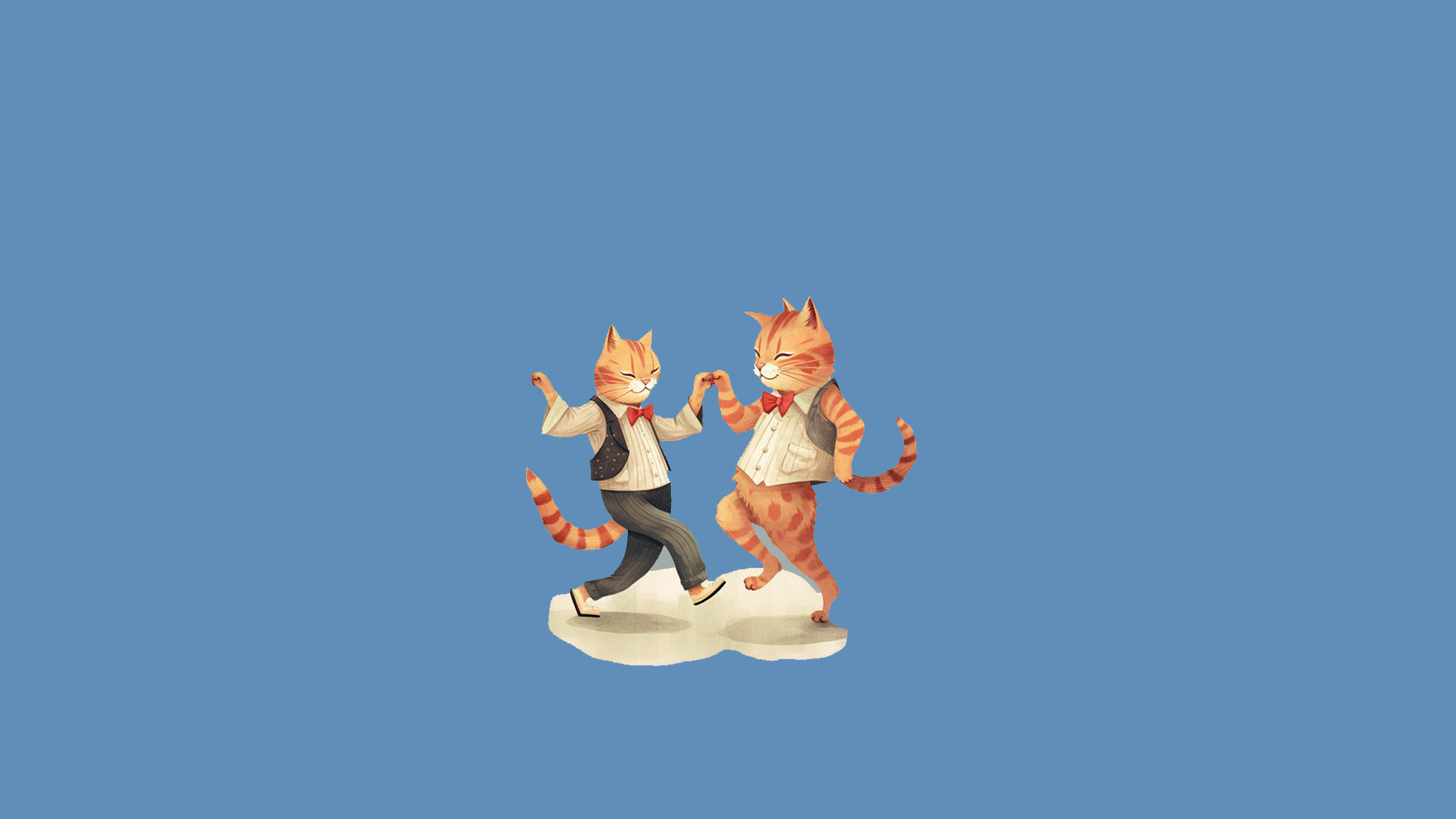
Collaborating partner: Norwegian University of Science and Technology
Background
The problem
Design a user-centred product with a user that is nearly impossible to understand and emphasize with on a human level.
Technical goal
Design a cat-jukebox, with music that cat prefers, and option switch between songs and turn of the music.
My team
My role
My role was to explore theories related to design for cats, and design prototype for testing
Project Flow
Brainstorming interactive controls
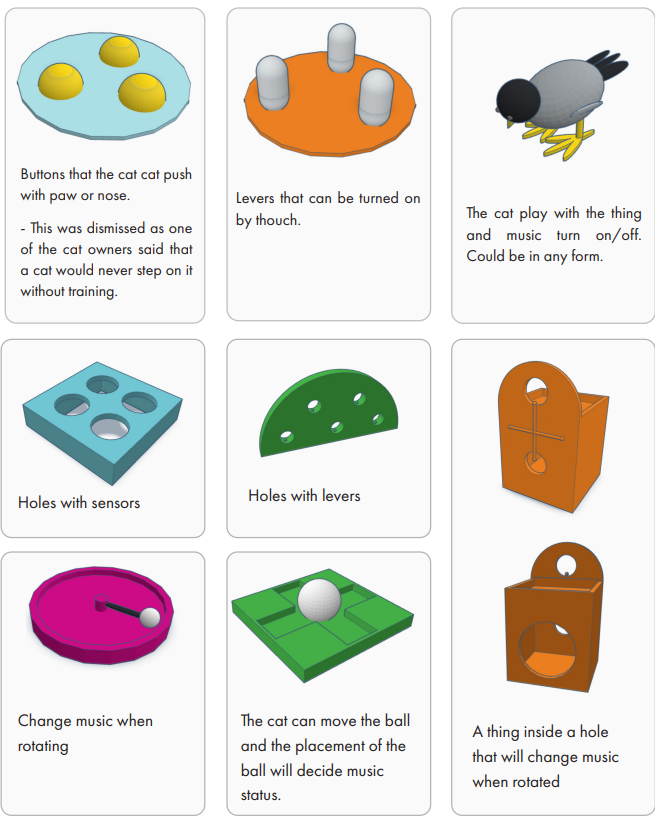
Including the user through the design process
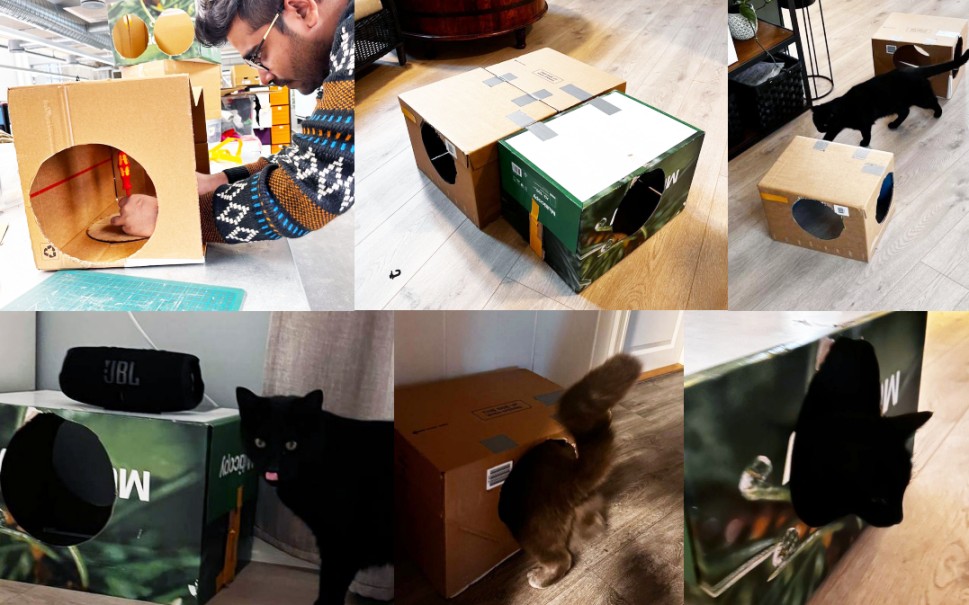
User Testing
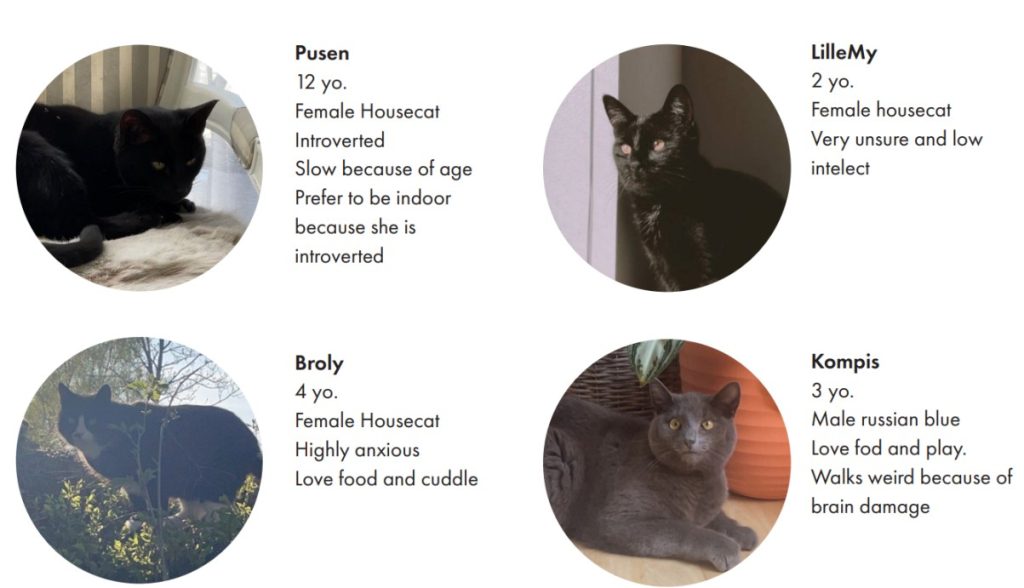
Different types of prototype was tested with four cats to find the answer of the following questions:
- Do cats have music preferences?
- What could work in terms of signifiers and affordances?
- What could work in terms of feedback?
Results from the user testing
Do cats have music preferences?
Conclusion after observation: The cats are curious about the cat music.
What could work in terms of signifiers and affordances?
Conclusion after observation: The cat will probably interact with the controls as play. The most inviting affordance is a hole with a moving feather trigger inside of it. But anything that is of small size and is moving will be inviting for the cat.
What could work in terms of feedback?
Conclusion after observation: It is possible that this could work. But it seems like it either would have to be something for the cat to learn, which is contrary to what we wanted to achieve in this experiment, or it should be in a different shape with different movements.
The conclusion from all the testing: The music has an effect to some extent. For all subjects, it is something new. And while they are intrigued, it makes it difficult to test preference on. How can you show a preference over something you do not understand yet? It’s like having a preference on using cruise control or not, before your first drive. In this scope, designing with triggers creates unrealistic expectations, so adjustments to vision have to be made. Instead of thinking song to song, we should think song or no song. A simple boolean statement. Simpler for the cat to understand, simpler for the design.
Final Concept
After consideration, we have chosen blue as the primary color. It has been scientifically established that blue is the only color that cats can perceive perfectly, making it an ideal choice to create a visually appealing product for our feline friends.
To ensure interaction between humans and the Cat’s Jukebox, we have incorporated three intuitive buttons. These buttons allow users to control essential functions such as powering the jukebox on/off, adjusting the volume, and switching between different music tracks.
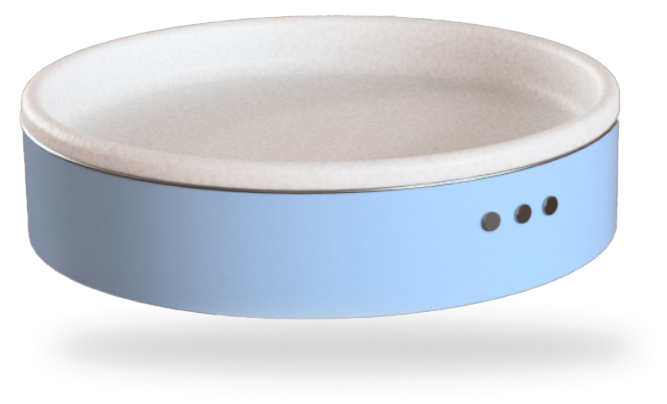
The most interesting part of the product is its unique capability to enable cats to interact with the device. By simply walking or resting on the surface of the jukebox, cats can initiate the music playback. The jukebox’s Raspberry Pi/Arduino based system would sense the cat’s presence and start playing music as soon as a specific amount of pressure is applied. This feature allows cats to actively participate in creating their own musical experience, giving them the control over the desire of music. A built-in speaker facing up towards the cat, will create vibrations with familiar sounds that will create a nostalgic environment along the lines of the safety and warmth of mom’s body. The surface of the jukebox will be made of soft materials in order to prioritize the security and comfort of our feline users. This guarantees that cats won’t be uncomfortable or harmed when they freely walk, sit, or rest on the jukebox Through the Cat’s Jukebox, we hope to strengthen the link between cats and their owners by bringing them both joy and amusement
©2024. Md Hossen Ali. All Rights Reserved.